
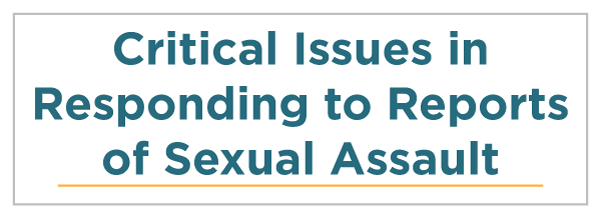 |
 |
 |
 |
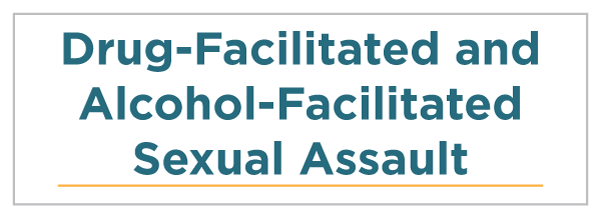 |
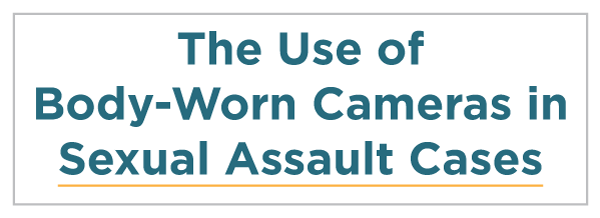 |
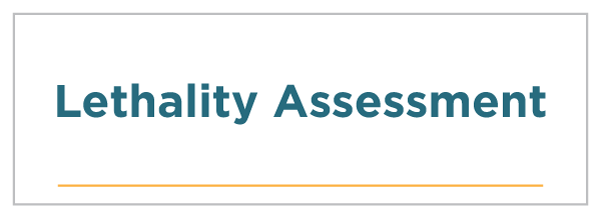 |
 |
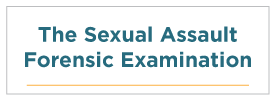 |
 |
 |
 |
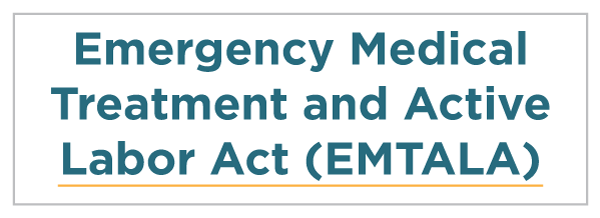 |
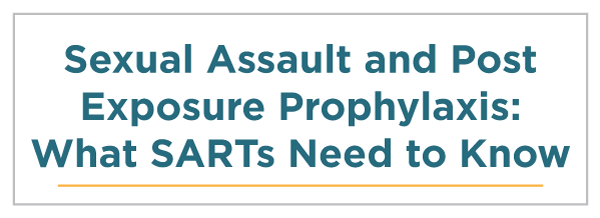 |
 |
SARTs should be aware that closed-circuit television (CCTV) is another tool for a victim-centered approach to prosecuting those persons who have committed sexual assault in the cases where the victim is a child.
CCTV allows judges, witnesses, and others to participate in court cases when emotional distress, distance, travel limitations, or poor health would otherwise make participation difficult or further harm the victim. Courts use CCTV in sex crime cases as a means of facilitating testimony from sexual assault victims who are minors. [160] During court hearings, the risk of victim intimidation by assailants may be great. A victim may be retraumatized if they are required to face a defendant in court. [161]
The use of video conferencing in court proceedings began in the U.S. in the 1970s and was first allowed for remote witness testimony by the Federal Rules of Civil Procedure in 1996. In the 1990 Maryland v. Craig case, the U.S. Supreme Court concluded that child sexual assault victims were permitted to testify in court cases using one-way CCTV. The use of CCTV in such situations was constitutional, the Supreme Court decided, because the emotional well-being of abused minors may supersede defendants’ right to face accusers in court. [162]
Although courts use CCTV with minors to further protect them from the accused, this practice is not without limitations. Federal courts have applied several tests to determine whether the use of two-way CCTV is compatible with defendants’ confrontation right. [163] Title 18 U.S. Code § 3509 states that a court may order the use of CCTV for a child’s testimony if the court finds the child is unable to testify in open court with the defendant present. [164]
Any of the following reasons would render a child unable to testify in open court:
Court cases have facilitated testimony using both one-way and two-way CCTV. Court cases such as People v. Wrotten have concluded that the use of two-way closed-circuit testimony does not necessarily impair defendants’ right to confront accusers in court. [166]
Some legal commentators have called for the circumstances permitting the use of CCTV as identified in Maryland v. Craig to be extended to adult sexual assault victims. Adult victims, like child victims, experience the trauma of both sexual victimization and potential emotional distress caused by open court testimony in the presence of a defendant. Using CCTV testimony would potentially allow victim voices to be heard in court and minimize the victim’s sense of intimidation and emotional distress. [167]
Although it is rare for CCTV to be used with adult victims, a research study conducted on behalf of the New South Wales Attorney General’s Department investigated whether juror perceptions differed if adult sexual assault victims testified via CCTV, prerecorded videotape, or face to face in the courtroom. [168] The study found juror perceptions of the complainant or the accused, as well as guilt of the accused, were not affected by the use of CCTV. The study supports the finding that manner of testimony did not affect perceptions of guilt. [169] A later United Kingdom study of 160 mock jurors similarly found the use of CCTV had no clear or consistent impact on juror deliberations in mock rape trials. [170]
SARTs can review the compilation of state statutes [171] by the National Center for Prosecution of Child Abuse, established by the National District Attorneys Association, for updates and additional information around the use of CCTV.
For an interesting case study on the use of CCTV, your SART can read about the Commonwealth of Virginia’s policy. Virginia Code § 18.2–67.9 allows the Commonwealth or the defendant to apply for an order from the court that the testimony of the alleged victim be taken in a room outside the courtroom and be televised by two-way CCTV. Recognizing that few courts have access to this technology or the personnel to operate it, the Department of Criminal Justice Services and state police purchased CCTV equipment, which they loan to local courts on request along with trained technicians to set up and operate the equipment.
Allowing Adult Sexual Assault Victims to Testify at Trial via Live Video Technology (PDF, 16 pages)
This bulletin by the National Crime Victim Law Institute (NCVLI) provides guidelines and considerations for prosecutors who are considering the use of CCTV or videoconference technology in court for adult sexual assault victims.
Integrating Technology in Child Abuse Cases: Critical Elements (PDF, 35 pages)
This American Bar Association document contains recommendations for improving the response of child sexual abuse victims through the use of CCTV and recording technology. The document contains suggestions regarding strategic planning, training, and evaluation of the use of CCTV and recording technology.
Integrating Technology in Child Abuse Cases: Overview for Judges (PDF, 32 pages)
This American Bar Association document introduces judges to CCTV and other recording technology as they are used in child abuse court cases. The document discusses the pros and cons of using CCTV and other technology in the courtroom, relevant laws, and instances of successful use of CCTV.
You May Now “Call” Your Next Witness: Allowing Adult Rape Victims to Testify via Two-Way Video Conferencing Systems (PDF, 31 pages)
This article by the Journal of High Technology Law and Carolyn W. Kenniston argues in favor of using CCTV in court cases involving adult sexual assault victims who wish to avoid the physical presence of their perpetrator. The article explores the history of courtroom video conferencing, the strengths and drawbacks of using such technology with adult victims, and the benefits of statutes allowing adult victims to testify through closed-circuit television.
| Back | Index | Next |
